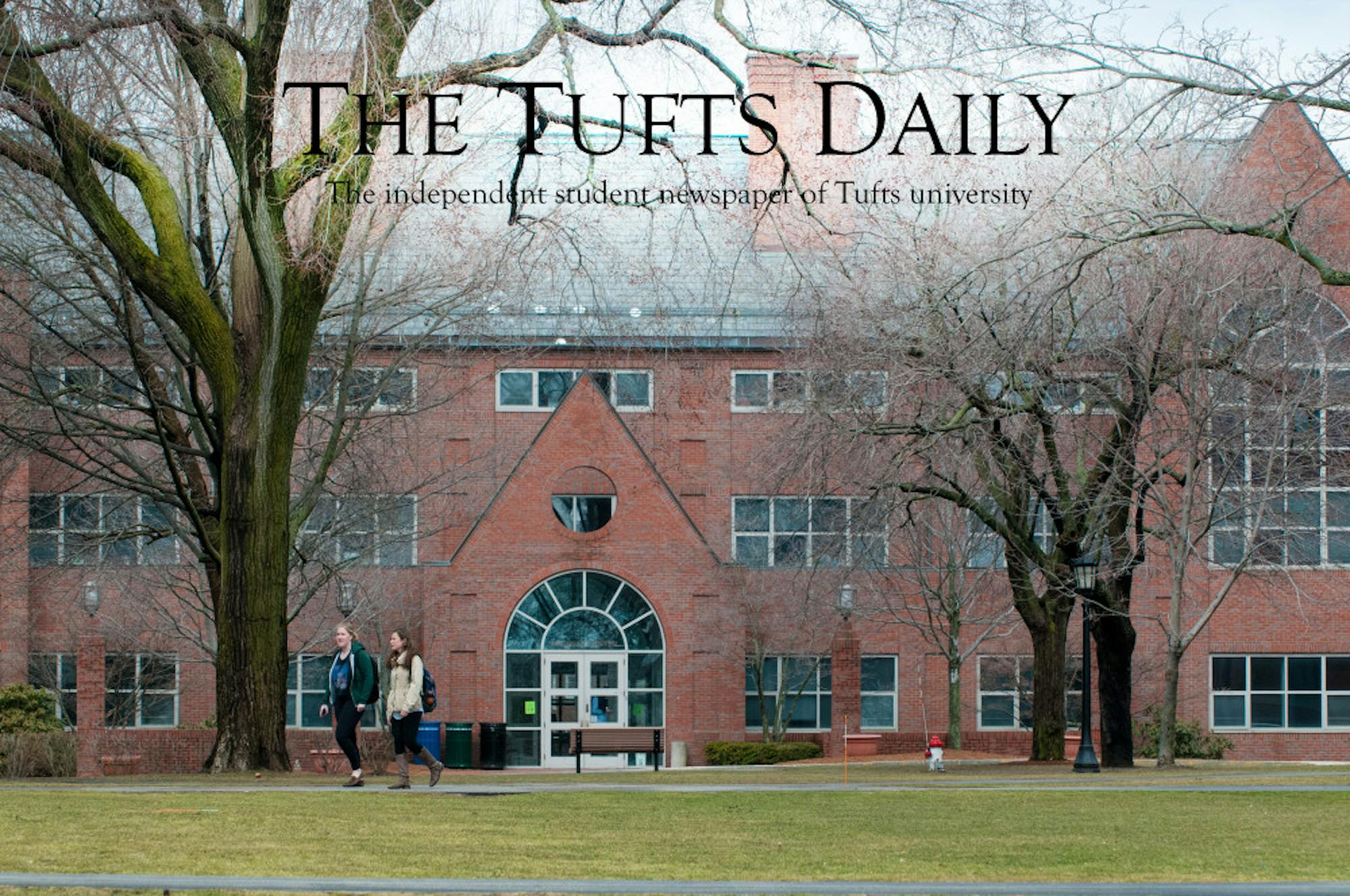When the remake to Brian de Palma’s 1976 classic film “Carrie” was first announced, a slew of collective groans arose not just from critics, but also from fans of the original and of the horror genre. This second version of “Carrie” seemed destined to fit right in among the constant hammering of awful big-budget Hollywood remakes of classic horror movies, like the new spin on “Prom Night” (2008), the modern take on “Halloween” (2007) and a particularly poorly received “The Fog” (2005). However, the orginal skepticism surrounding the film began to wane as more details emerged — like the fact that Kimberly Peirce, the director of the 1999 indie classic “Boys Don’t Cry,” would be at the helm of the project. Audiences and critics felt optimistic upon learning that Chlo? Grace Moretz of “Kick-Ass” (2010) and “Let Me In” (2010) fame would star as the eponymous Carrie, with Oscar nominee Julianne Moore taking on the role of Carrie’s fanatically religious mother.
There is plenty that “Carrie” does right, but it seems that for every time it succeeds, something else detracts from its overall quality. Oftentimes, it’s a bad piece of dialogue that feels uninspired, dull or soporific. At other moments, it’s the fact that the film’s first half tries almost too hard to be a stereotypical high school movie — the subtle sense of creepiness and impending horror is greatly diminished by watching cheerleaders try to work out their superficial social struggles and woes.
The acting in the movie is also only partially effective. Although Moretz plays the role of the monster rather well, she doesn’t become as genuinely awkward as Sissy Spacek in the 1976 film until the scene that sends her character over the edge. This nuance in Spacek’s performance gave the original Carrie an extra element of humanity — something that seems to be lacking in this remake. Additionally, there was nothing in the actual production of the film that was particuarly exceptional. With nothing noteworthy about the cinematography and sountrack, it seems as though the filmmakers decided to play it safe.
One aspect of the “Carrie” remake that worked well was its adaptation to the modern day, allowing for the use of social media to further humiliate Carrie. Like in the original movie, the first time we get a glimpse of Carrie’s powers is after she is humiliated in the school showers for getting her period. As the girls pelt Carrie with tampons, a video is recorded of the event. This video is then uploaded to the Internet, where it is used to embarrass her later on.
But once again, one step forward is met with bizarre filmmaking choices — numerous scenes feel both unnecessary and unwarranted. For instance, the very first scene of the movie shows Carrie’s mother giving birth in her bed with no assistance. As she pulls Carrie from her own body, she contemplates killing the recently born child — whom she calls a cancer — but hesitates. While the act of infanticide is very serious, the entire time the scene plays out on screen, one has to wonder why the filmmakers chose to show the birth at all. If they really wanted to demonstrate how close Carrie came to death at the hands of her mother, why not depict it in a different, less excessive manner, or merely have her mother mention it to her?
Regardless of these flaws, “Carrie” has always conveyed the notion that the monsters in horror stories are not always the ones we would expect. The original novel penned by Stephen King, along with both “Carrie” films, portray Carrie as a victim of the circumstances surrounding her. Though Carrie ultimately turns monstrous in the end, before her inevitable transformation, the viewer is able to step back and look at all of the events preceding it. The presentation of Carrie as a victim pushed to her limits is what the movie does best, but unfortunately it is not enough to pull “Carrie” out of the pool of adequacy.






